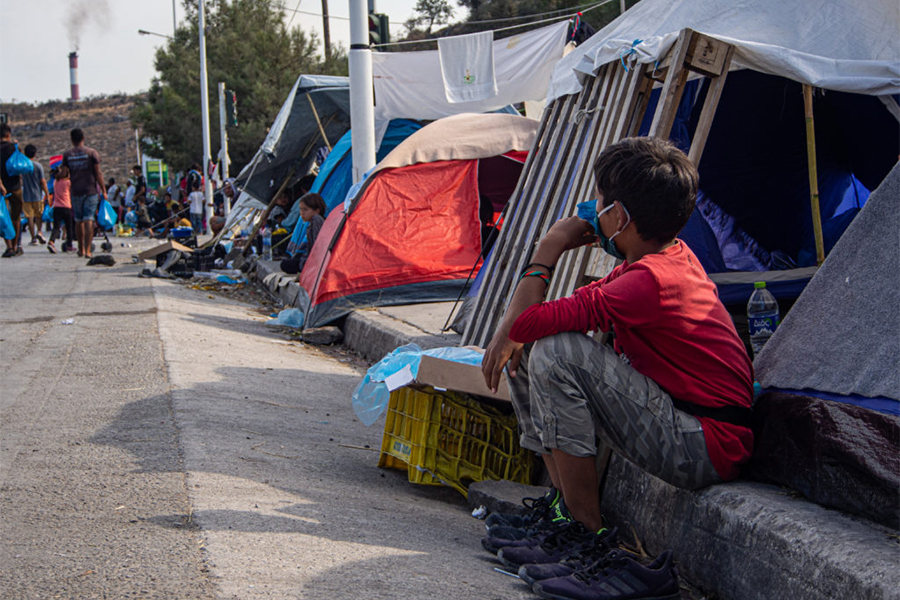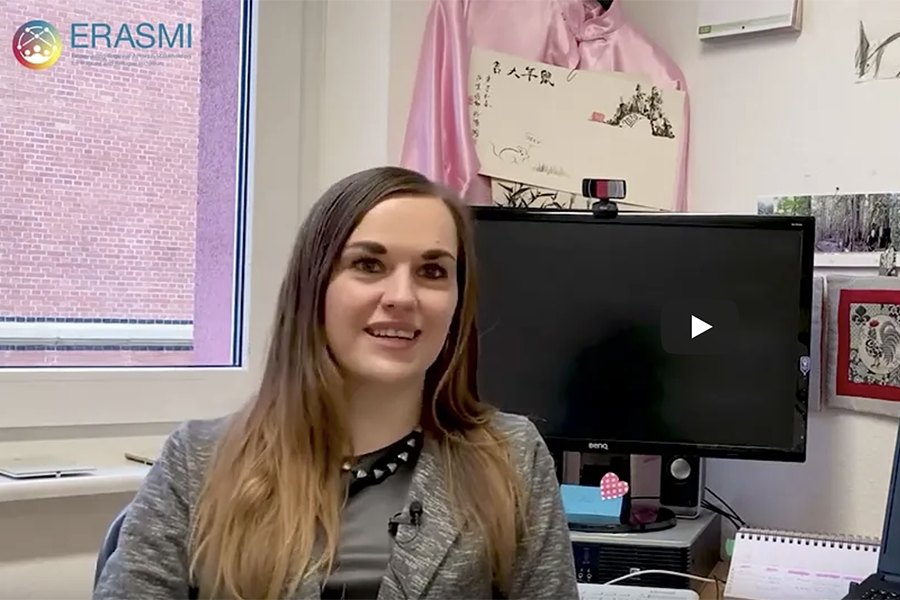Durable solutions. When do they need it? Now.
Today, Turkey hosts the largest refugee population in the world, including more than 3,678,527 Syrians. Considering that Syrians began arriving to the Turkish borders to seek refuge in April 2011, the Syrian displacement has long become a protracted situation.
What makes a particular solution a durable one?
The UNHCR defines durable solutions as: “any means by which the situation of refugees can be satisfactorily and permanently resolved to enable them to live normal lives” and associates the concept with permanent settlement, whether in the host country, a third country, or the country of origin.
James Hathaway notes, “If and when a refugee has access to durable national protection – whether by repatriation, voluntary reestablishment, resettlement, or naturalization – refugee status comes to an end” (Hathaway 2021). This implies that refugees would no longer need surrogate or substitute protection when given access to a durable solution.
Whilst Julibut and Madureira associate durable solutions with access of refugees to protection or rights, Gallagher notes durable solutions restore the permanent relationship of individuals with a sovereign state. Going one step further, Souter argues that the aim of durable solutions is to provide refugees with access to effective citizenship, be it in the country of origin or in third states, as in the case of resettlement.
The review above shows that there is no single definition as to what constitutes a durable solution for refugees. Nevertheless, UNCHR cites voluntary repatriation, local integration, and resettlement in third countries as durable solutions. The Global Compact on Refugees (GCR), which dedicates 25 paragraphs to ‘solutions’, adds that there are also other local solutions and complementary pathways for admission to third countries (GCR para 85).
The need for durable solutions: the case of Syrian refugees in Turkey
In theory, three traditional solutions exist for Syrian refugees in Turkey: voluntary repatriation, local integration and resettlement. Now let’s consider whether these solutions are indeed available in practice.
Today, all Syrians, Palestinian refugees and stateless persons living in Syria seeking refuge in Turkey are eligible, as a group, to receive the temporary protection status in Turkey (Provisional Article 1 of the Turkish Temporary Protection Regulation).
Legal status and rights of Syrians are governed by Article 91 of the Turkish Law of Foreigners and International Protection and the Temporary Protection Regulation. Syrians, as temporary protection beneficiaries in Turkey, are entitled to protection from refoulement under Article 6 of the Temporary Protection Regulation, which notes: “no temporary protection beneficiary shall be returned to a place where he or she may be subjected to torture, inhuman or degrading punishment or treatment or where his/her life or freedom would be threatened on account of his/her race, religion, nationality, membership of a particular social group or political opinion”.
The temporary protection regime implemented for Syrians in Turkey is still in force today and no official plan has been announced by the Turkish government to terminate the temporary protection regime soon or return Syrians en masse.
Unlike Denmark’s recent statement that Damascus and the surrounding area are safe enough for asylum seekers to return to, voluntary repatriation remains a non-viable option for Syrians in Turkey considering that conflict, violence and gross human rights violations in Syria continue with no prospect of peace in sight. In view of the fact that removal of a person to Syria would likely violate the principle of refoulement, voluntary repatriation too is not a viable option for Syrian refugees in Turkey.
Let us now turn to the second durable solution namely, local integration. Until the temporary protection regime is terminated, asylum applications of Syrians will not be processed by the Turkish authorities. Turkish temporary protection policy has been going on for more than 10 years, yet Turkey has no official integration or naturalisation policy for Syrians.
A recent study notes so far 150,000 Syrians have received citizenship, including those who were born in Turkey. It should be borne in mind that over the years many Syrians married or had children in Turkey, whereas others learned the language, studied at the Turkish schools and universities and opened new businesses in Turkey.
A 2019 study concluded that “the normalization of the lives Syrians have established over the years in Turkey is strengthening the tendency to stay permanently” (Erdogan 2019). This is also reflected in a recent survey done among 1,900 Syrians, which reveals that 53% of the participants would like to live in Turkey, whereas only 29% stated that they would like to live in a country other than Syria or Turkey (Düvell et al. 2021).
This study too shows that a significant number of Syrians have established strong links to Turkey and Turkish society. However, without a permanent legal status and with only limited rights, it is too early to conclude that Syrians have access to local integration in Turkey.
As for the third durable solution, resettlement is still only available to very few Syrian refugees. Between 2014 and 2021, 16,982 Syrians have been resettled to 16 countries, including Canada, the United States, the United Kingdom, Norway, Sweden and Australia. Whereas, only 28,965 Syrians had been resettled from Turkey to 20 Member States under the 1:1 resettlement scheme established within the scope of the EU–Turkey Statement of March 2016.
Three conclusions
Ten years since the unrest in Syria began and still thousands of Syrians are in need of durable solutions. Three conclusions can be reached in view of the review above. First of all, in light of the fact that the conflict, violence and human rights violations in Syria are going on, voluntary repatriation is not an option for most Syrians.
Secondly, although Turkey has no official policy to integrate Syrians into Turkish society, the Turkish temporary protection regime with no maximum time limit has led many Syrians to establish strong links with Turkey and Turkish society. However, in view of the fact that Syrians do not have permanent status in Turkey and the Turkish president retains the ultimate discretion to decide if and when the temporary protection regime will come to an end, one cannot conclude that Syrians in Turkey have access to local integration.
This leads me to the third conclusion, which is, resettlement remains the only viable durable solution for many Syrian refugees in Turkey. For this reason, resettlement efforts should be increased and these efforts should be supplemented by complementary pathways, as mentioned in the Global Compact on Refugees.
The objectives of the Global Compact on Refugees include facilitating access to durable solutions and easing pressures on host countries such as Turkey. Compared to four million refugees and asylum seekers hosted by Turkey only around 45,000 Syrian refugees have been resettled from Turkey to third countries so far. This figure makes us question whether the mentioned objectives of the Compact can be realistically achieved and the calls for solidarity and responsibility sharing in the GCR will be answered soon.
Further reading:
Meltem Ineli-Ciger, Ozgenur Yigit, Country Fiche Turkey (2020) ASILE Project https://www.asileproject.eu/wp-content/uploads/2021/03/Country-Fiche_Turkey_Final_Pub.pdf
Meltem Ineli-Ciger, Protecting Syrians in Turkey: A Legal Analysis, International Journal of Refugee Law, Volume 29, Issue 4, December 2017, Pages 555–579, https://doi.org/10.1093/ijrl/eex042
By Meltem İneli Ciğer (Asile project). Photo: Yousif Al Shewaili/Oxfam





